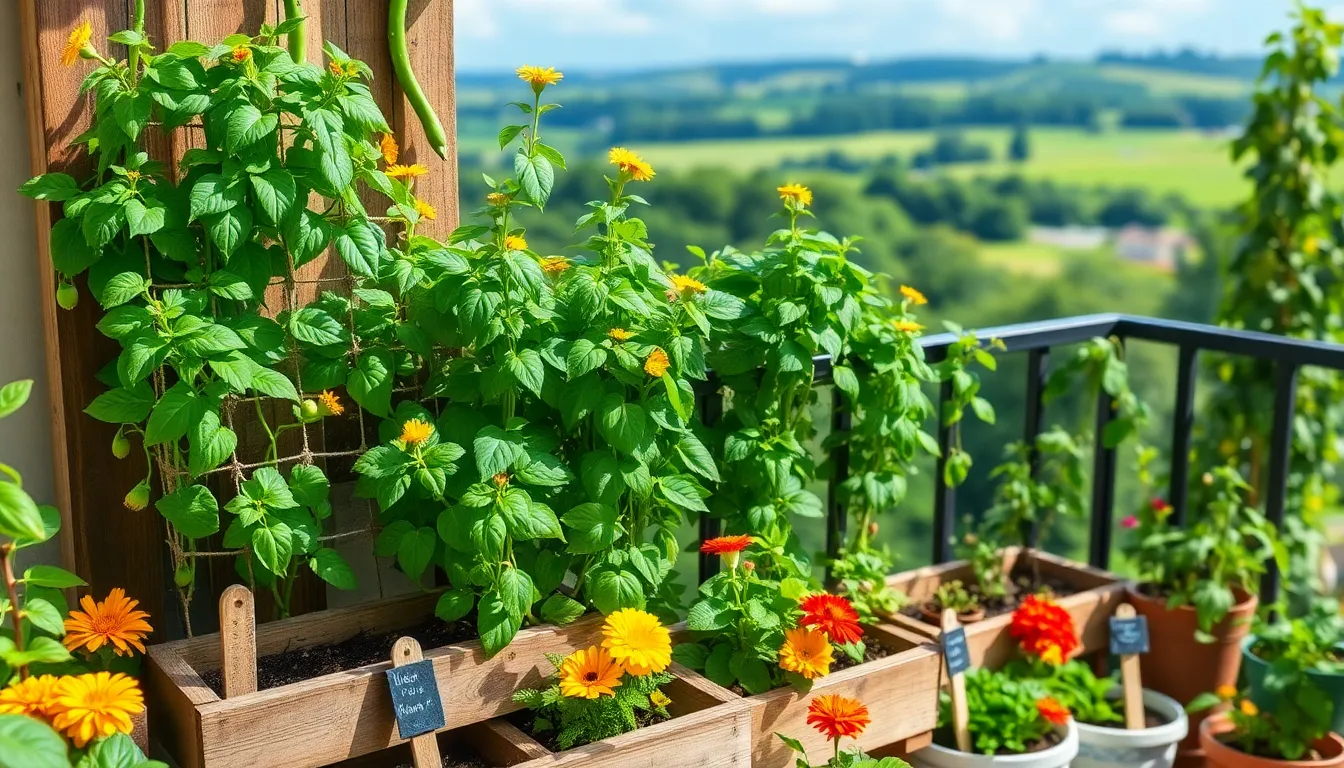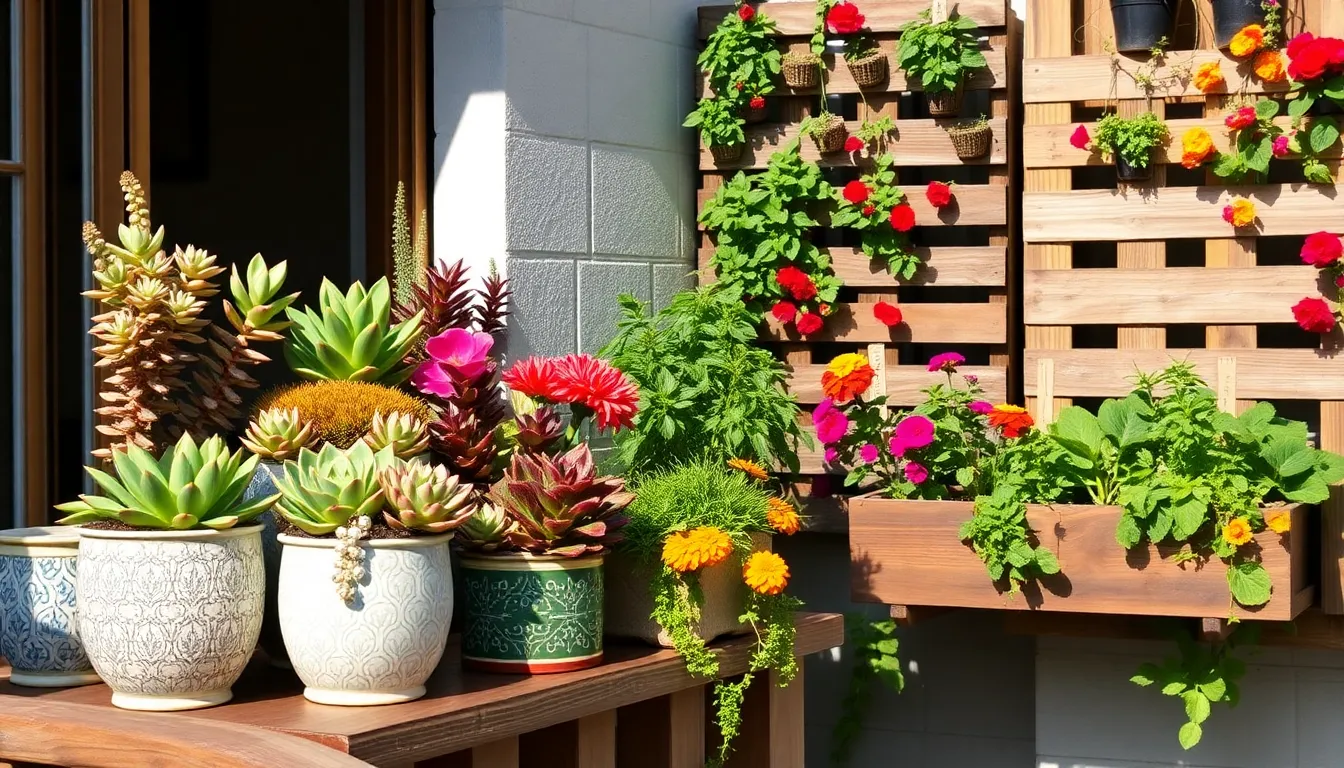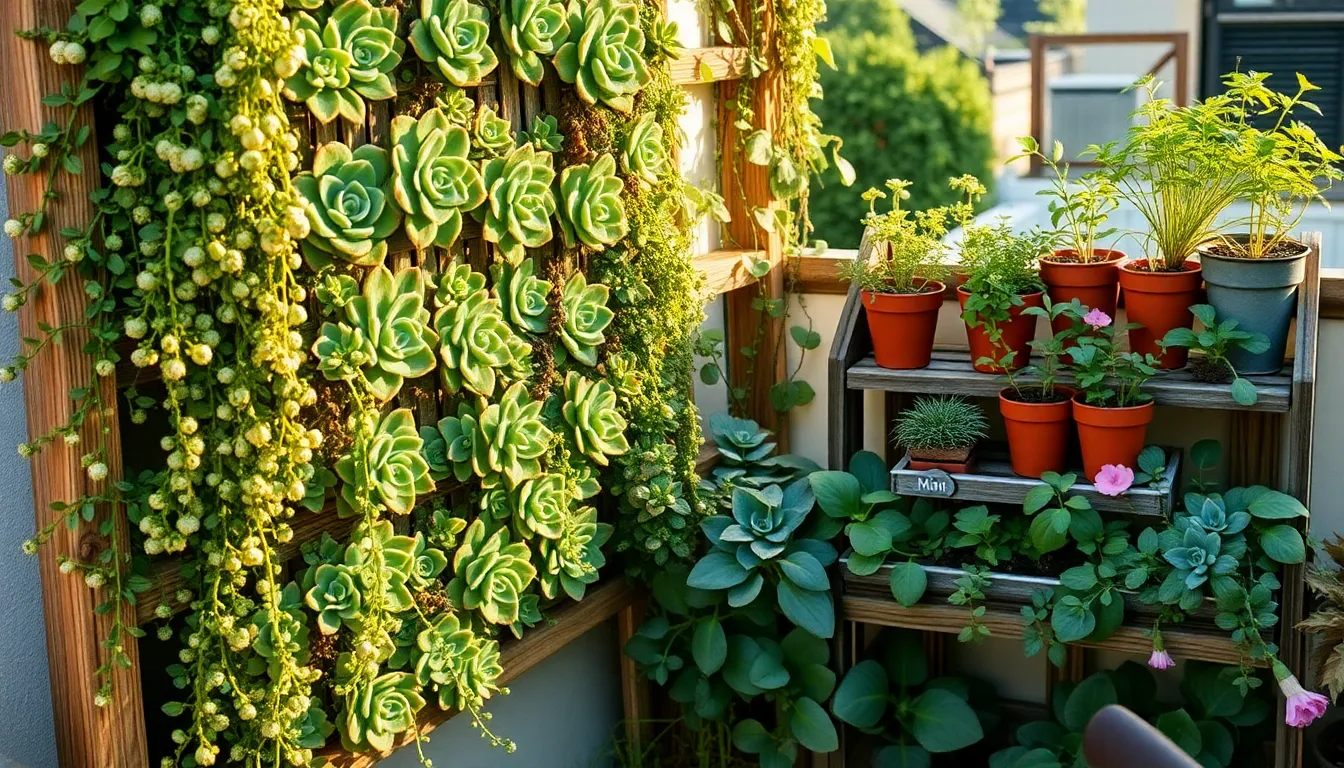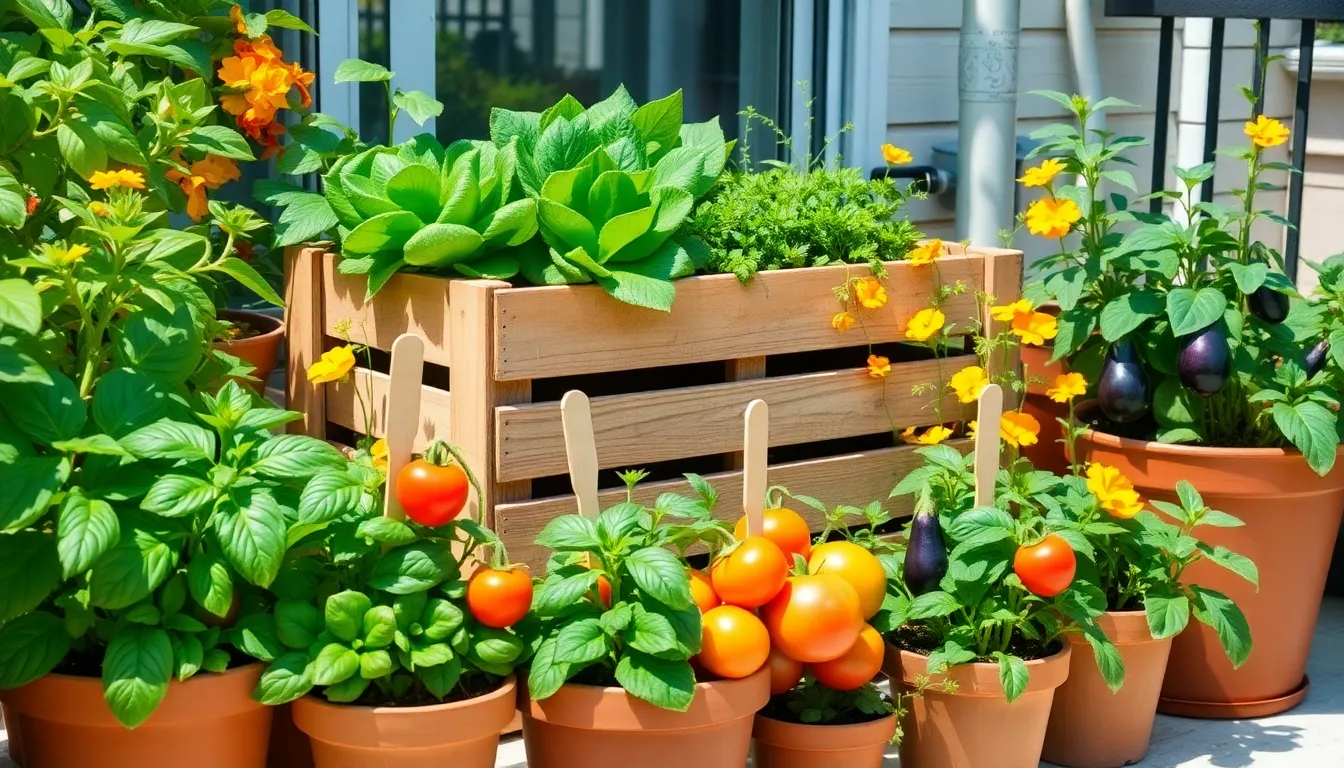Imagine stepping out onto your balcony or into your compact backyard to pick fresh, crisp green beans for dinner—sounds delightful, doesn’t it? Whether you’re a gardening novice or a seasoned pro, growing green beans in small spaces is not just a possibility, it’s an incredibly rewarding venture that brings the farm-to-table experience right to your doorstep.
Green beans are remarkably adaptable and can thrive in confined areas with just a bit of care and attention. This article will guide you through the essentials of growing these versatile veggies, from selecting the right varieties to mastering space-efficient techniques that maximize your yield. By the end, you’ll be equipped with the knowledge to cultivate a bountiful bean harvest, no matter the size of your garden.
Select Compact Green Bean Varieties
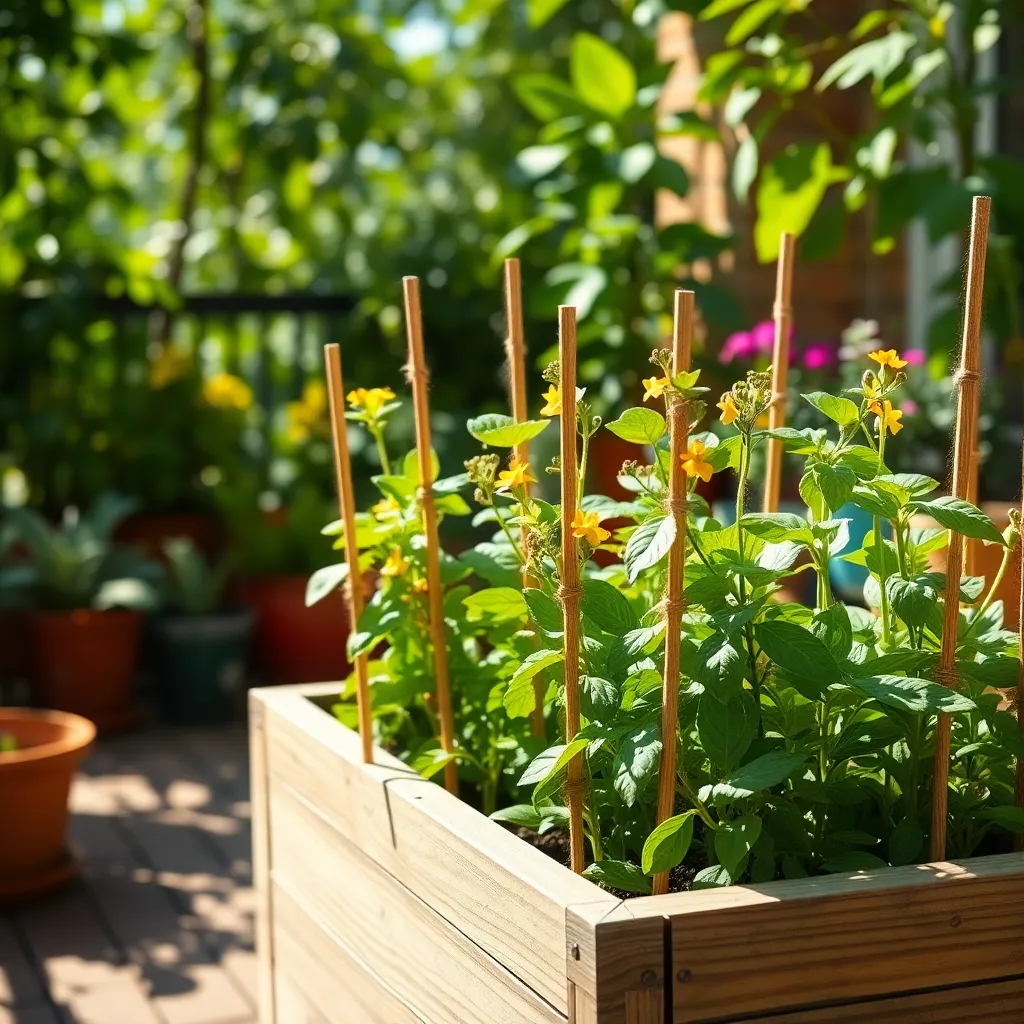
Compact green bean varieties are perfect for gardeners with limited space, as they offer high yields in small areas. Choose bush types over pole beans because they grow in a more compact form and do not require staking or trellising.
Varieties like ‘Provider’ and ‘Bush Blue Lake’ are popular choices due to their reliable production and disease resistance. These beans thrive in well-draining soil rich in organic matter, so consider adding compost or aged manure to your soil before planting.
Plant your seeds about one inch deep and space them six inches apart to allow adequate room for growth. Ensure consistent moisture by watering the plants regularly, especially during dry spells, but avoid waterlogging, which can lead to root rot.
For those with even tighter spaces, consider growing ‘Contender’ or ‘Jade’ varieties in containers. Use a pot that is at least 12 inches deep and wide, filled with a high-quality potting mix, and make sure to place it in a spot that receives full sun for at least six hours a day.
Utilize Vertical Gardening Techniques
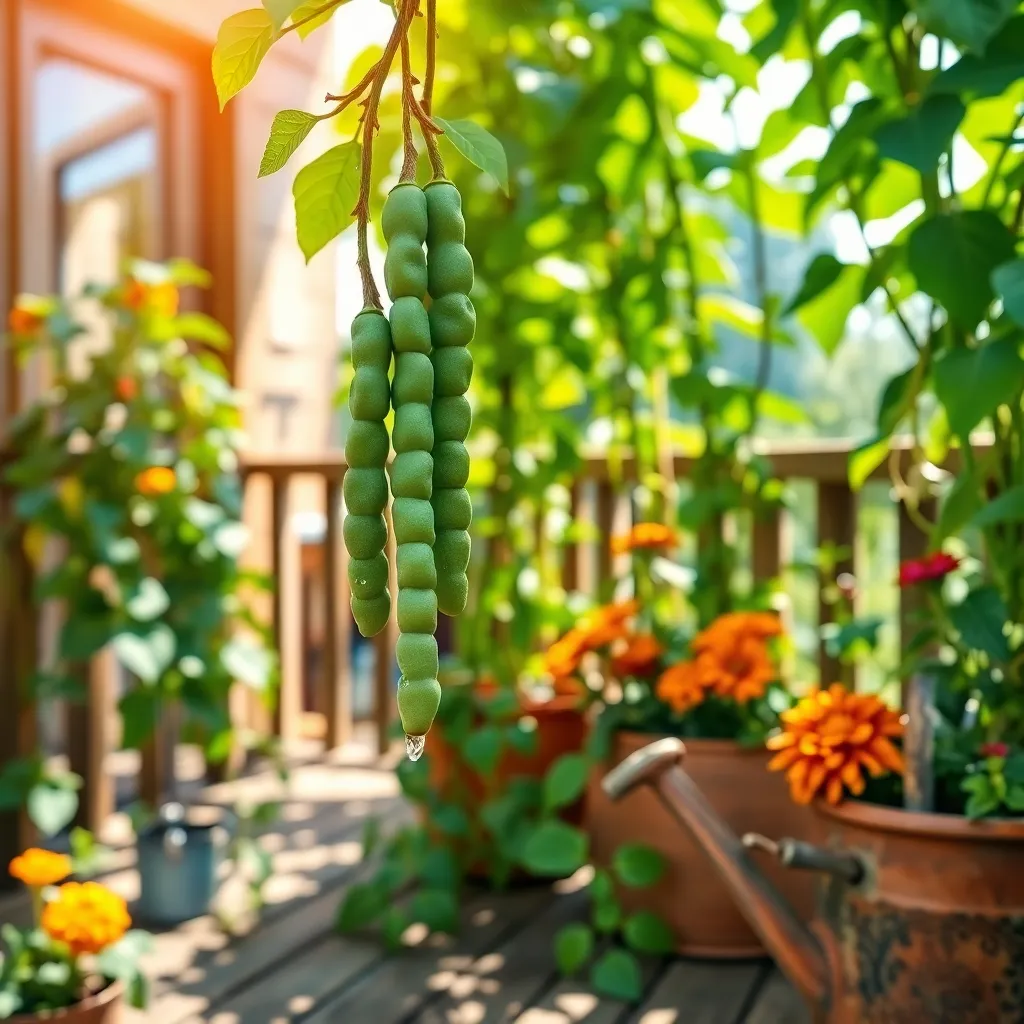
Vertical gardening is a smart solution for growing green beans in small spaces, as it allows you to make the most of your available area. Begin by choosing a sturdy trellis, bamboo poles, or a simple netting system to provide support for your bean plants.
When setting up your vertical garden, ensure the support structure is firmly anchored to withstand the weight of the plants and any strong winds. Install your trellis or poles before planting to avoid disturbing the roots of your green beans later on.
As your green bean plants start to grow, gently train the vines to climb the supports by loosely tying them with garden twine. This encourages vertical growth and maximizes sun exposure, which is essential for healthy plant development and higher yields.
In addition to increased sunlight, vertical gardening improves air circulation around plants, reducing the risk of fungal diseases. Regularly check your plants for signs of disease and pests, and remove any damaged leaves to keep them healthy.
Water your vertically grown beans consistently to maintain moist but not waterlogged soil, which is critical for their growth. Use a drip irrigation system or a soaker hose to ensure even and efficient watering, especially during dry spells.
For gardeners seeking advanced techniques, consider incorporating companion planting with your vertical setup. Planting herbs like basil or flowers such as marigolds nearby can help deter pests and attract beneficial pollinators, enhancing your garden’s productivity.
Prepare Well-Draining Soil Mix
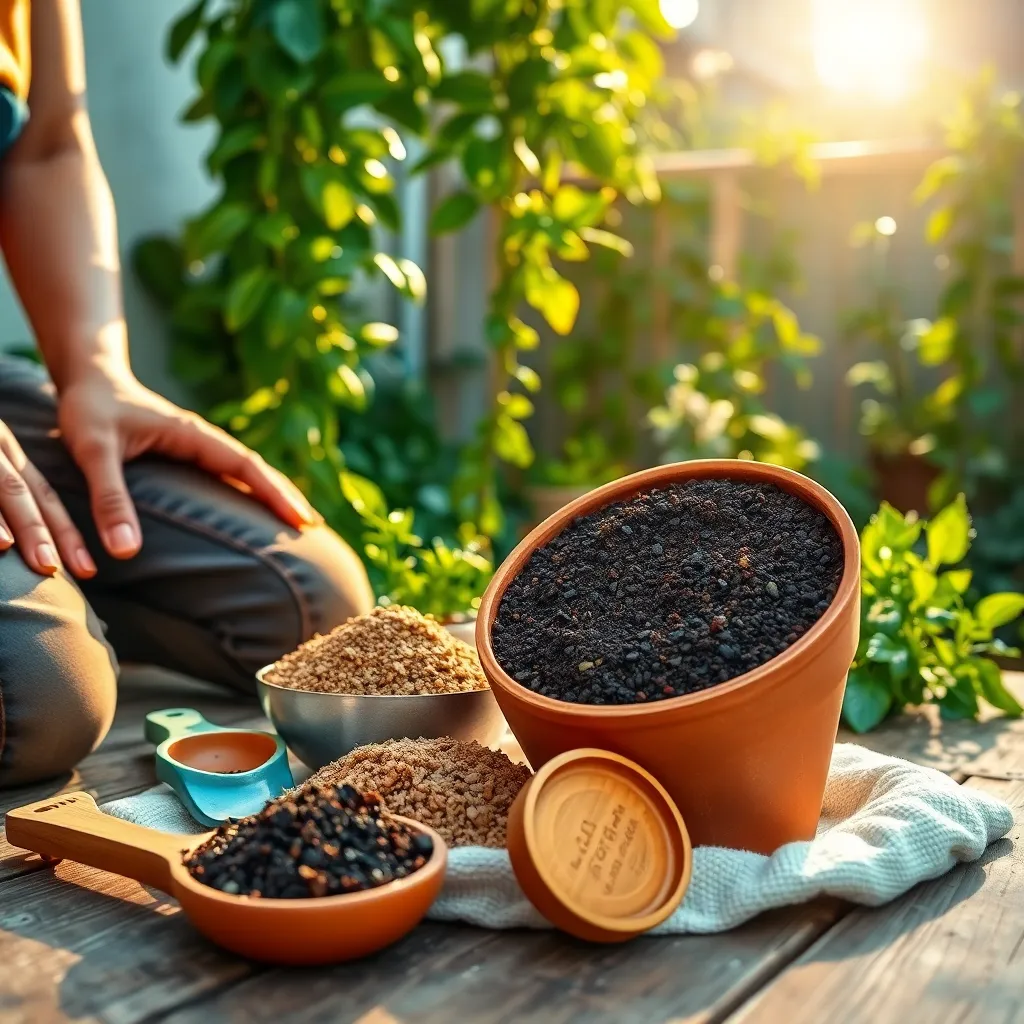
Growing green beans in small spaces requires a well-draining soil mix to prevent root rot and ensure healthy plant growth. You can create an ideal soil mix by combining equal parts of potting soil, perlite, and compost, which will provide the aeration and nutrients your beans need.
For those new to gardening, perlite is a lightweight volcanic material that helps improve drainage. Compost enhances soil fertility by adding organic matter and beneficial microbes, making it an essential component of your mix.
Experienced gardeners might consider adding a bit of sand or grit to further enhance drainage, especially if you’re using containers with limited holes. It’s crucial to ensure that the containers you use have enough drainage holes to prevent waterlogging, which can be detrimental to bean roots.
Watering frequency is another key aspect of maintaining well-drained soil. Aim to water your green beans deeply but infrequently, allowing the top inch of soil to dry out between watering sessions to reduce the risk of fungal diseases.
Ensure Optimal Sunlight Exposure
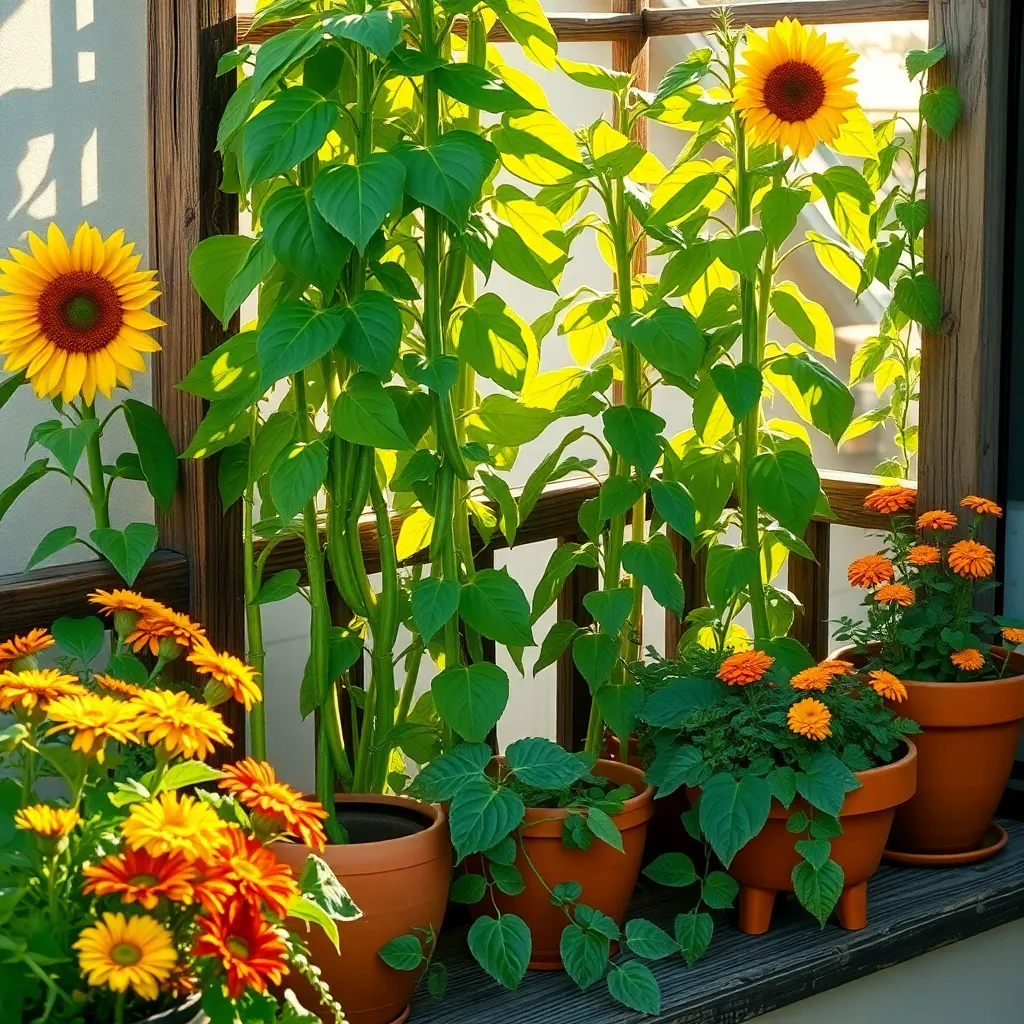
To ensure your green beans thrive in small spaces, providing them with optimal sunlight exposure is crucial. These plants require at least six to eight hours of direct sunlight each day to produce a bountiful harvest.
Position your containers or garden beds in the sunniest spot available, such as a south-facing balcony or patio. If your space is limited, consider using reflective materials or mirrors to increase light exposure around your plants.
For those growing green beans indoors, utilizing grow lights can simulate sunlight effectively. Choose full-spectrum LED grow lights and set them to run for 12 to 16 hours a day to mimic natural daylight conditions.
Rotate your containers every few days to ensure all sides of the plants receive adequate sunlight. This practice not only promotes even growth but also helps prevent the plants from leaning toward the light source, ensuring a more robust and upright structure.
Implement Efficient Watering Methods
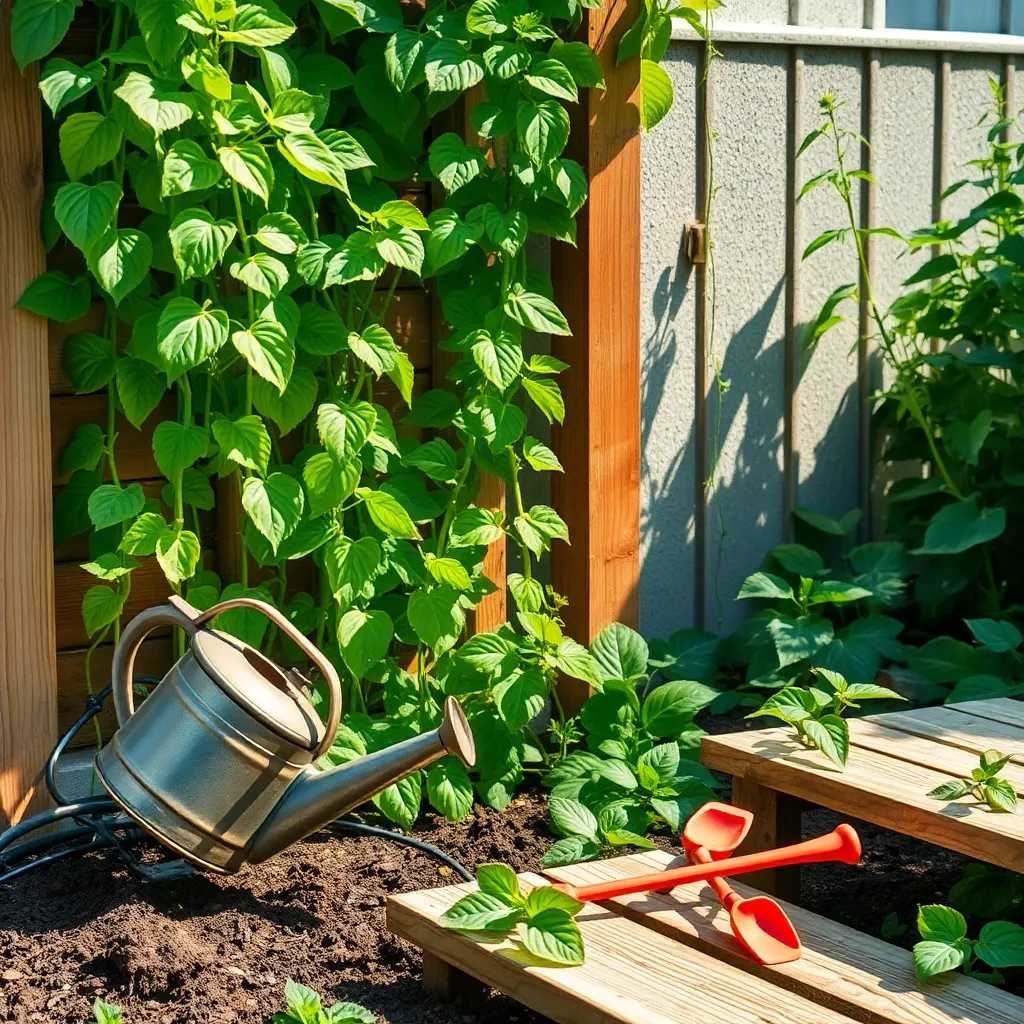
Watering your green beans efficiently is crucial, especially when growing in small spaces. Consistent moisture is key, but overwatering can lead to root rot, so aim to keep the soil just moist.
Begin by checking the top inch of soil; if it’s dry, it’s time to water. Use a soaker hose or drip irrigation system to deliver water directly to the base of the plants, minimizing evaporation and maximizing efficiency.
Mulching can significantly aid in water retention, which is particularly beneficial in confined areas with limited soil volume. Apply a layer of organic mulch, such as straw or shredded leaves, around the plants to help maintain soil moisture and reduce the need for frequent watering.
For those eager to optimize their watering routine, consider using a moisture meter. This tool will provide precise readings, ensuring you only water when necessary, thus conserving water and keeping your green beans healthy.
Conclusion: Growing Success with These Plants
In nurturing your relationship while learning how to grow green beans in small spaces, we’ve explored five key concepts: communication as the soil that nourishes growth, patience as the water that sustains development, adaptability in finding creative solutions, shared goals in building a thriving environment, and appreciation for each step of the journey. These principles not only guide your gardening efforts but also enrich your personal connections, fostering a deeper bond with your partner.
As an actionable next step, try setting a gardening date with your partner this weekend. Discuss your goals, plan your tasks, and enjoy the process of planting together. This shared activity can serve as a metaphor for cultivating your relationship, reminding you both of the growth that arises from collaboration and mutual support.
Remember to save or bookmark this article to revisit these valuable insights whenever you need a refresher. Doing so ensures you’re always equipped with the tools to nurture both your garden and your relationship.
Looking ahead, embracing these principles can lead to a flourishing partnership, where love and understanding continue to blossom. Empower yourself today to create a vibrant and resilient relationship that stands the test of time.

